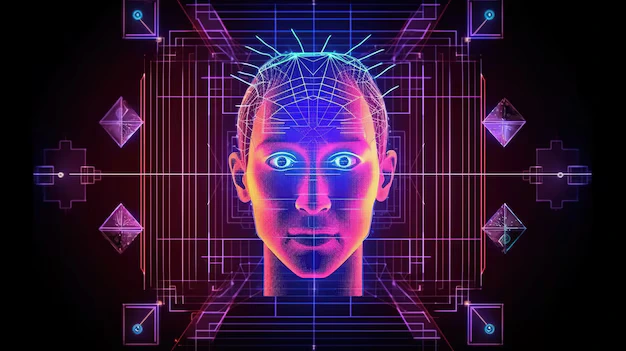
Relevance: Essay, Ethics, Criminal Justice System (General Studies Paper 2), Science & Technology (General Studies Paper 3)
Artificial Intelligence (AI) has revolutionized various industries, and now its impact is increasingly evident in criminal investigations. The recent resolution of a 19-year-old cold case in Kerala, where a woman and her twin daughters were brutally murdered, exemplifies how AI can be a game-changer in solving even the most complex cases.
This article delves into how AI played a pivotal role in cracking this case, leading to the arrest of two former Army personnel who had evaded justice for nearly two decades.
The Case: A Chilling Triple Murder
On February 10, 2006, Santhamma returned home in Anchal, Kerala, to a horrifying sight: her daughter Ranjini and 17-day-old twin granddaughters were lying in a pool of blood, their throats slit.
Early investigations revealed two suspects—Divil Kumar, a neighbor allegedly in a relationship with Ranjini, and his Army colleague Rajesh. However, both men disappeared shortly after the crime, leaving the case unresolved.
Years of traditional investigative efforts yielded no results, prompting the Kerala High Court to transfer the case to the Central Bureau of Investigation (CBI) in 2010. Despite filing a chargesheet in 2013, the suspects remained elusive—until AI entered the picture.
The AI Breakthrough
In 2024, Kerala’s technical intelligence wing revisited the case with a novel approach: leveraging Artificial Intelligence. The goal was to locate the suspects by generating updated visual representations of their appearances, 19 years after the crime.
Age Progression with AI
Old photographs of the suspects were processed through advanced AI algorithms to simulate how they might look after nearly two decades. The system considered factors like aging, changes in hairstyle, and other facial features.
Facial Recognition Technology
The AI-generated images were then matched against a global database of photos sourced from social media platforms and public records. This facial recognition process identified potential matches, significantly narrowing the search.
The Key Breakthrough: A Facebook Match
One of the AI-generated images showed a 90% resemblance to a man in a wedding photograph shared on Facebook. Investigators traced this individual to Puducherry, where he was living under the alias “Praveen Kumar.”
Further investigation revealed his true identity: Rajesh, one of the original suspects. His arrest led to the capture of his accomplice, Divil Kumar, who was also living in Puducherry under the name “Vishnu.”
How AI Made the Difference
- Speed and Efficiency
Traditional methods, such as tracking suspects manually or relying on outdated leads, had failed for nearly two decades. AI provided an efficient alternative by analyzing vast amounts of data and generating leads in a fraction of the time. - Accuracy in Facial Recognition
The precision of AI in identifying facial features, even after years of changes due to aging, proved instrumental. The 90% match achieved by AI would have been nearly impossible through manual comparison. - Augmentation of Traditional Methods
While AI provided the breakthrough, it worked in tandem with traditional investigative techniques. For instance, the identification of Rajesh through AI was followed by ground-level verification by the police.
Implications for Law Enforcement
This case underscores the potential of AI in modern policing, especially for solving cold cases. Key takeaways include:
- Enhanced Investigative Capabilities: AI can analyze patterns, connect dots, and provide insights that are beyond human capacity.
- Reviving Cold Cases: AI tools like facial recognition and age progression can breathe new life into cases that have remained unresolved for years.
- Collaboration Across Technologies: Integrating AI with conventional investigative practices yields the best results, as seen in this case.
Conclusion
The resolution of this 19-year-old case is a testament to the power of Artificial Intelligence in transforming criminal investigations. By combining technology with persistence, law enforcement agencies can overcome significant challenges and deliver justice, even after decades.
As AI continues to evolve, its role in crime-solving is set to expand, offering hope for many families awaiting closure in unresolved cases.
Also Read: Justin Trudeau Resigns: A Turning Point for Canada, India, and the USA
Disclaimer: This article is intended for informational purposes and aims to shed light on the role of AI in criminal investigations. It does not intend to sensationalize the tragedy or undermine the pain of those affected.
Follow Fusion IAS


